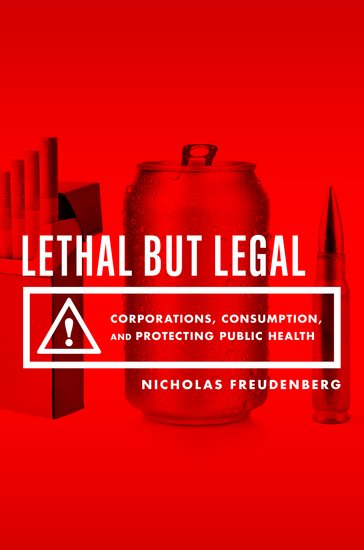“Stealth reduction for foods is the best way for manufacturers to retain their consumer base as consumers are for the most part unaware the recipe has changed – particularly as better-for-you products are less appealing due to the fact they are considered to have less flavor.”
Katharine Jenner, campaign director for Action on Sugar and CASH, told this site that the health world would recognize the strategy as “unobtrusive reductions for the betterment of health”.
“The salt reduction campaign has, however, been so successful because the salt has been unobtrusively removed, meaning customers don’t have to read the labels and make a choice to eat less salt. Our view has always been these if people don’t like their food with less salt, they can always add it back in – whereas they can’t take it out.”
http://www.foodnavigator.com/Market-Trends/Stealth-reduction-the-best-option-for-sugar-in-confectionery-Euromonitor/
‘Stealth reduction’ the best option for sugar in confectionery: Euromonitor

Confectioners should keep quiet about sugar reduction or risk irritating consumers, according to analysts at Euromonitor International.
In a recent podcast , the research organization said that it expected confectionery to be one of the main targets for calls to reduce sugar as it was widely associated with high levels among consumers.
Low-profile reduction
Lauren Bandy, ingredients analyst at Euromonitor, said: “It seems unlikely that manufacturers will launch low sugar variants again, simply because consumer demand would be low.”
She pointed to reduced sugar products launched by Cadbury’s, Kit Kat and Haribo in the UK several years ago that were pulled due to low sales.
“Stealth reduction might be a better option for confectionery players,” she said.
2.3m metric tons of sugar and bulk sweeteners were consumed in confectionery in 2013. The average consumer in Western Europe spent $120 on confectionery, equating to around 7.5 kilos of sugar, more than half of which was chocolate confectionery. Source: Euromonitor International.
Diana Cowland, health and wellness analyst at Euromonitor, added: “Stealth reduction for foods is the best way for manufacturers to retain their consumer base as consumers are for the most part unaware the recipe has changed – particularly as better-for-you products are less appealing due to the fact they are considered to have less flavor.”
Is ‘stealth reduction’ underhanded?
Sugar came under the spotlight at the start of the year after the group behind Consensus Action on Salt and Health (CASH) setup Action on Sugar, a group urging manufacturers to reduce sugar in products by 30-40% in the next three to five years.
‘Stealth’ is not a term favored by the campaign as it says it has negative connotations. Katharine Jenner, campaign director for Action on Sugar and CASH, told this site that the health world would recognize the strategy as “unobtrusive reductions for the betterment of health”.
“In our view, it is up to manufacturers to decide how to communicate any improvements to their food, they know their customers better than we do. “
The US National Confectionery Association (NCA) argues that sugar is being unfairly demonized. The industry body recently said that its members would not reformulate products en mass as confections could fit into a healthy lifestyle. It aims to educate consumers how to enjoy confectionery in moderation.
“The salt reduction campaign has, however, been so successful because the salt has been unobtrusively removed, meaning customers don’t have to read the labels and make a choice to eat less salt. Our view has always been these if people don’t like their food with less salt, they can always add it back in – whereas they can’t take it out.”
Euromonitor: Better-for-you switches off most consumers
Euromonitor analyst Diana Cowland said that if the UK’s salt reduction strategies were used as a reference, then products communicating reduced content put off consumers. Reduced salt packaged food in the UK recorded a constant value compound annual growth rate (CAGR) decline of 1.8% from 2008 to 2013 – equivalent to a £7m ($11.7m) loss.
Bandy said: “The problem with removing sugar from confectionery is that it can lose its taste and texture, the factors that make the product indulgent and the ultimate reason why consumers buy confectionery in the first place.”






 Image via The Australian
Image via The Australian
 This is why the Health Star system is so important. Taken down by Assistant Health Minister
This is why the Health Star system is so important. Taken down by Assistant Health Minister 
